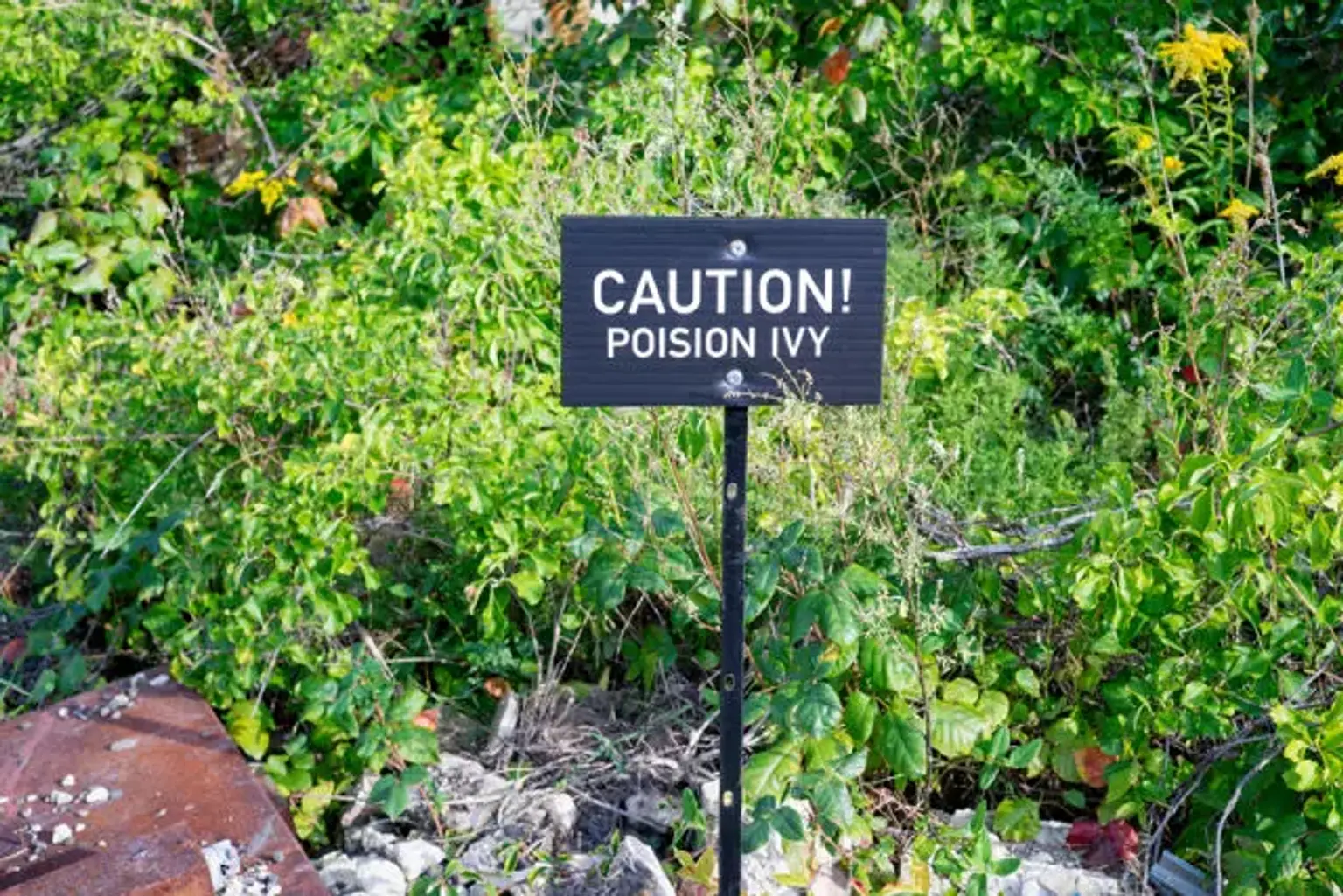Introduction
Poison Ivy is a plant that many outdoor enthusiasts dread encountering. Known for its infamous rash-inducing oil, urushiol, this plant is one of the most common causes of skin irritation in North America and various parts of the world. Even a small amount of contact with Poison Ivy can trigger an intensely itchy and sometimes painful rash that may last for weeks, causing significant discomfort. Its ability to spread urushiol through indirect contact, such as on clothing or pet fur, makes it even more troublesome for those who love exploring nature.
Understanding Poison Ivy is not just important but essential for anyone who spends time outdoors, whether hiking through dense trails, gardening in their backyard, or simply exploring parks. This knowledge empowers you to recognize the plant, avoid contact, and know what to do if exposure occurs. From identifying the characteristic “leaves of three” to understanding the reaction timeline, being informed helps you reduce the risk and severity of Poison Ivy encounters.
In this article, we’ll dive deep into the symptoms caused by Poison Ivy exposure, explore the most effective treatment options available, and share practical prevention strategies. Additionally, we’ll provide insights on its presence in Korea, where outdoor enthusiasts may also face risks from similar plants. Whether you’re a seasoned hiker or someone new to nature exploration, this guide will arm you with the tools to stay safe and rash-free.
Understanding Poison Ivy
What is Poison Ivy?
Poison Ivy is a toxic plant that poses a risk to outdoor enthusiasts in various regions, particularly in North America, where it is most prevalent. It belongs to the Toxicodendron genus and is infamous for producing urushiol, a sticky oil that causes allergic reactions in most people who come into contact with it. The plant thrives in a wide range of environments, from forests and fields to roadside ditches and urban backyards, making it a common hazard for anyone venturing outdoors. Its adaptability means that it can survive in both shaded woodlands and sunny open spaces, increasing the chances of accidental encounters.
Poison Ivy’s resilience and ability to blend into its surroundings make it particularly challenging to avoid. For outdoor enthusiasts, the risk isn’t limited to direct contact with the plant. Urushiol can remain active on surfaces like clothing, tools, and even pet fur, causing reactions days or even weeks after the initial exposure. This persistence adds to its reputation as one of nature’s most frustrating irritants.
